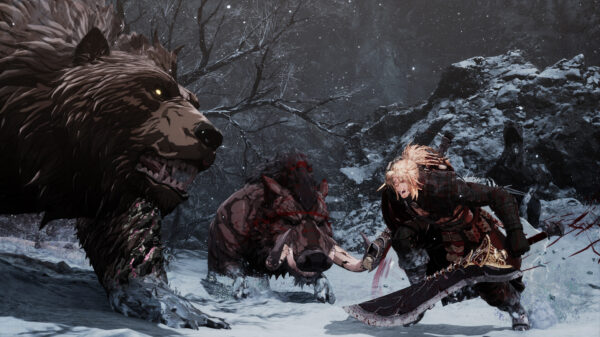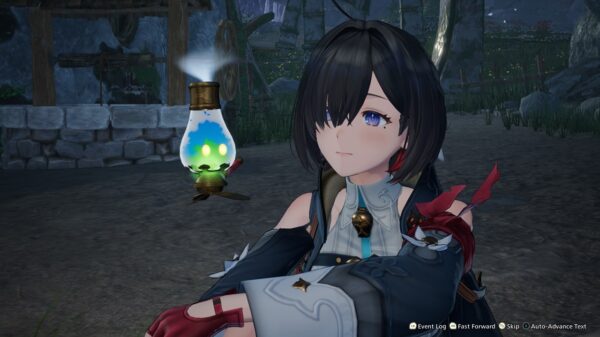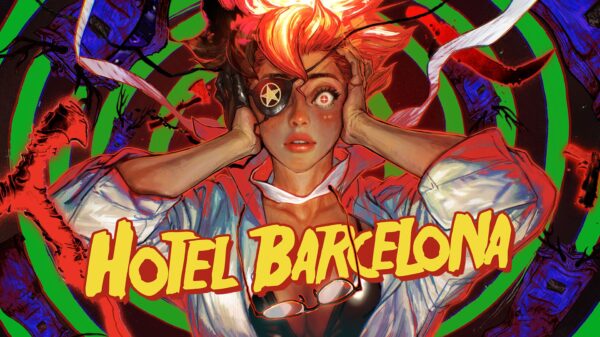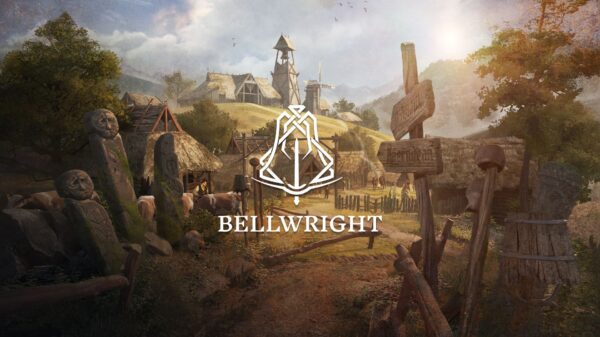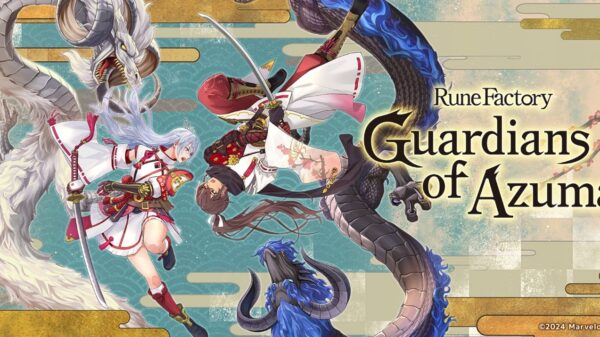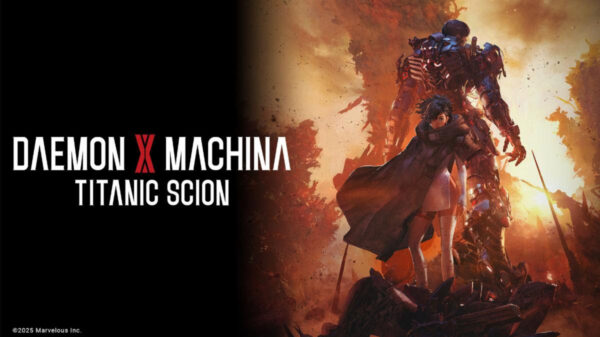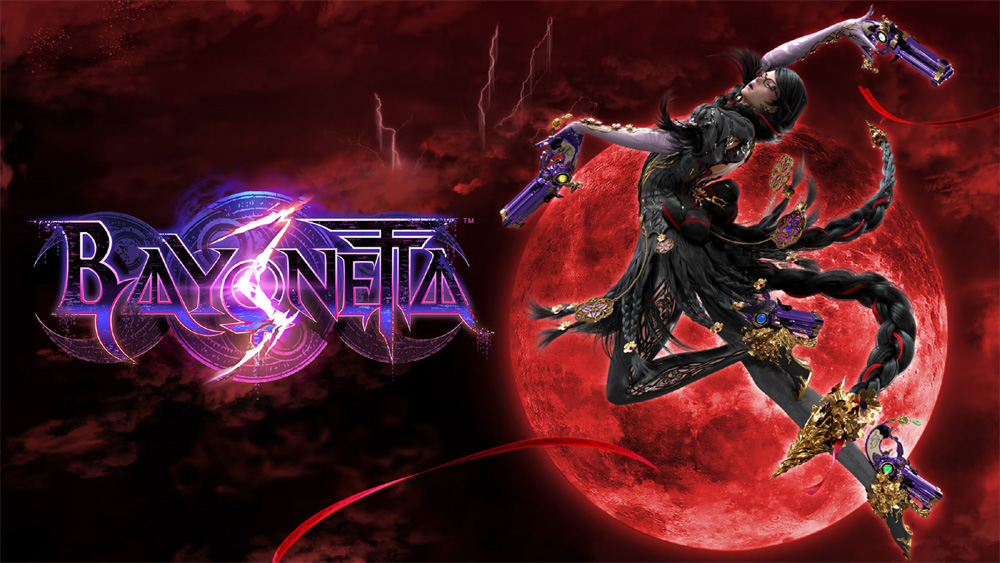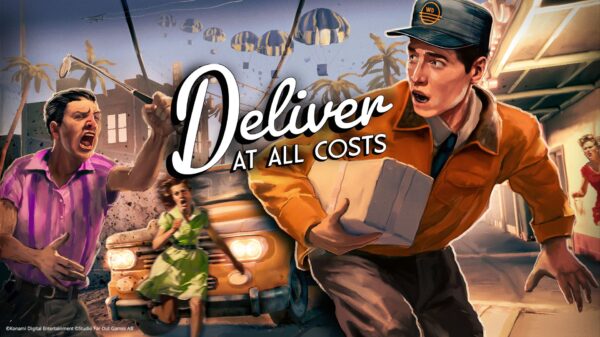Travel across the multiverse in the newest addition to the Bayonetta series, which takes the demon-summoning witch on a journey of epic proportions, albeit with some strange missteps along the way.
Bayonetta 3
Developer: PlatinumGames
Price: $60
Platform: Nintendo Switch
How do you increase the scale of a sequel when the previous games have already had you face off against gods? Bayonetta 3 achieves this with the introduction of a threat ripping through the multiverse to destroy all universes except for one. From the start, it’s clear things are different this time. The opening sequence is bleak compared to the power fantasy prologues of the previous two games, setting a somber tone that recurs throughout the story, as a young witch named Viola travels from her universe to ask Bayonetta for help stopping Singularity, the force trying to conquer the multiverse. In keeping with the greater threat, Bayonetta 3 features action on a massive scale right from the start. Even early chapters feel like they could be climaxes in any other game, and it does an excellent job of making the stakes feel higher than ever.
Instead of angels or demons, Singularity’s artificially-created homunculi are the main enemies you’ll be fighting in Bayonetta 3. There are still a handful of verses where you fight angels, but these are optional fights that don’t factor into the story. With a new type of enemy comes a new type of currency, “seeds,” which you’ll spend to purchase items and accessories from Rodin. Halos remain in the game as a rarer form of currency, which can be used to buy special items. However, you won’t be buying weapons this time around. Weapons in Bayonetta 3 are given to you at set points over the course of the story, along with new demons, based on the alternate-universe Bayonettas you encounter as you travel through the multiverse.
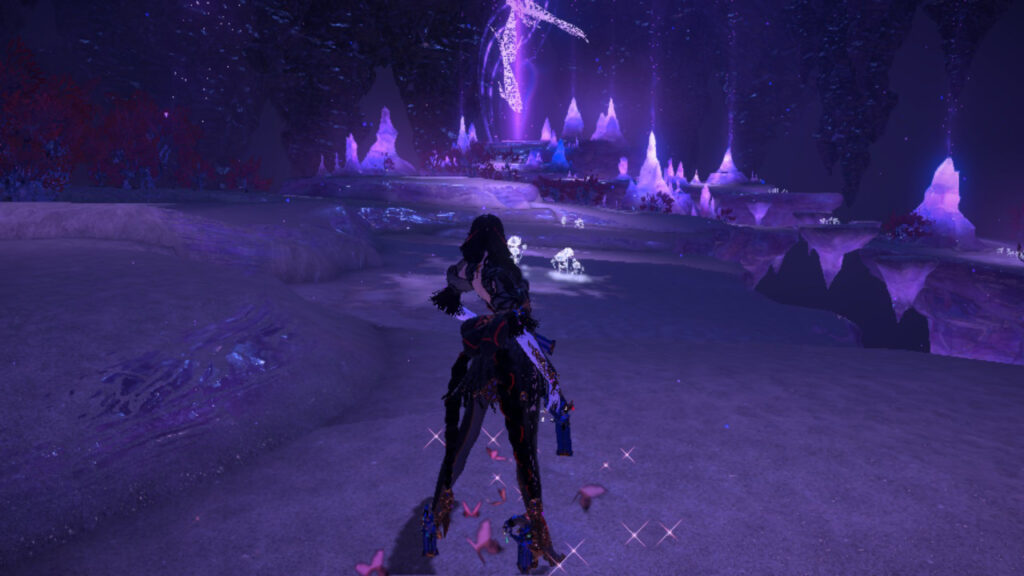
To me, the multiverse feels like the game’s biggest missed opportunity. The fun of a parallel universe story is to see how things might have turned out differently, but the multiverse here feels more like an excuse for a globe-trotting adventure to see Bayonettas of different nationalities. Why isn’t there a universe where Balder is alive, or where Bayonetta trained as a Lumen Sage, or where the forces of Paradiso do literally anything? Why isn’t there a universe where we encounter Loki, or where we interact with our counterparts in a meaningful way? Even when a universe caught my attention with its implications, Bayonetta’s path crossed with the new characters for such a short amount of time, there was no chance to get to know them. You see a few cool scenes, get some lore about their universe to read in the archives, and get a new demon and weapon. The alternate Bayonettas are used as more of a way to add combat options than anything else.
Like in the previous game, each chapter has numerous “verses” in which you battle enemies and are ranked according to your combat prowess. Some verses are optional and require some exploration to find, but without the excessive backtracking required by the first game. Most things in Bayonetta 3 can be found as long as you explore carefully before proceeding. Environments feel bigger than ever, with tons of collectibles to gather to unlock concept art, character models, challenge levels, and more. By completing challenges and solving puzzles, which range from platforming challenges to time manipulation puzzles, you’ll earn witch hearts and moon orbs, to upgrade your health and magic respectively. However, instead of a completed heart or orb being added to your total as soon as you have all the pieces, you must use them on the newly-added skill tree system to actually get the upgrade. Since Bayonetta 3 has two playable characters, this means you’ll need to decide how to divide them up. Fortunately, they’re plentiful enough that I never felt I was being restricted.
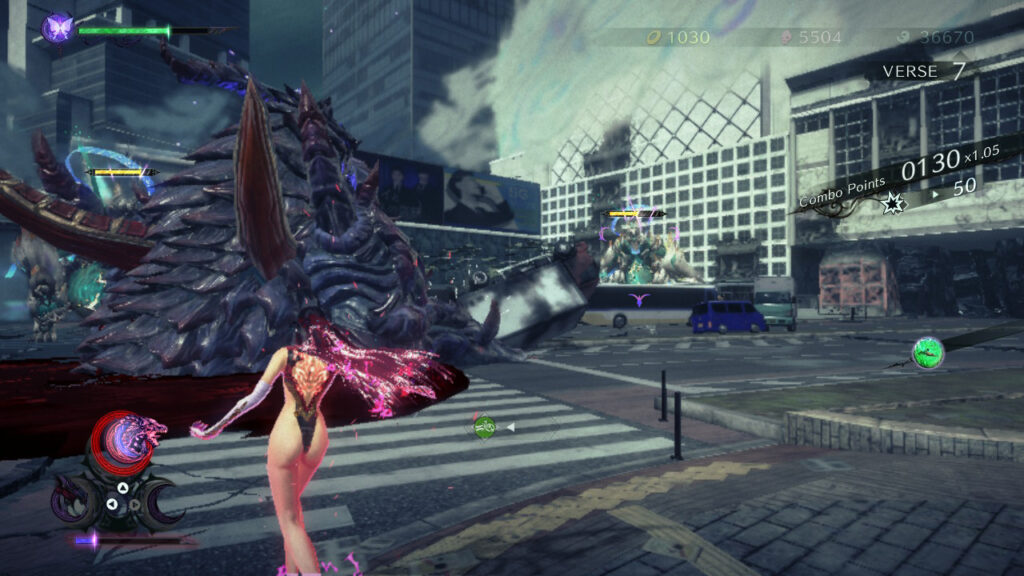
The primary playable character is, of course, Bayonetta herself. When you play as Bayonetta, you’ll use a mix of attacks to pull of stylish combos, dodge attacks with precise timing to slow down everything around you with Witch Time, and summon demons to devastate your enemies. Combat rewards you with orbs, points spent on your skill trees to unlock new abilities and combos. A couple of new mechanics have been introduced this time around, as well, with the major ones being Demon Slave and Demon Masquerade. Demon Slave allows you to summon a demon onto the battlefield and control it directly to attack enemies, while temporarily being unable to control Bayonetta. I’d worried that this might slow down the flow of combat, but once I got used to integrating these demon attacks into my regular combat instead of treating them as separate, I found that it didn’t slow down battles much at all. You can have three demons equipped at a time, and since they all have their own attacking styles, this adds a fair bit of variety. Stunning enemies with demons or otherwise breaking their armor is also how you trigger Torture Attacks in this game, although they’re quick finishers rather than the spectacles they were before.
Demon Masquerade, meanwhile, is a technique that causes Bayonetta to transform into the demon associated with her equipped weapon. You can equip two weapons and swap between them, although it’s no longer possible to mix and match different weapons on your hands and feet. Demon transformations occur during finishers and as traversal techniques, replacing the animal forms from previous games. Each demon plays differently, adding even more options to combat while also contributing to the puzzle-like elements in the field. For example, one demon can climb up walls, making it one of my favorite choices while trying to reach high places.
The second playable character is Viola, whom you’ll play as for a handful of chapters. Looking at Viola, you might assume her to be an edgy, tough character coming to show everyone how it’s done. That’s certainly what she’d want you to think. In truth, Viola is a clumsy kid trying to act tougher than she actually is. She’s often used for comic relief, which I found to be a refreshing subversion of what I expected. This gives her chapters a very different tone, and she also plays differently from Bayonetta, as she fights with a sword and activates Witch Time by parrying attacks. She can’t summon any demons except for Cheshire, the giant cat-like demon who inhabits her sword. Unlike Bayonetta’s demons, Cheshire fights alongside Viola of his own volition, which means you continue to control Viola while he fights on his own. Viola’s combat takes a lot of getting used to, but once I stopped trying to play like she was Bayonetta, I found her gameplay to be enjoyable in its own right.
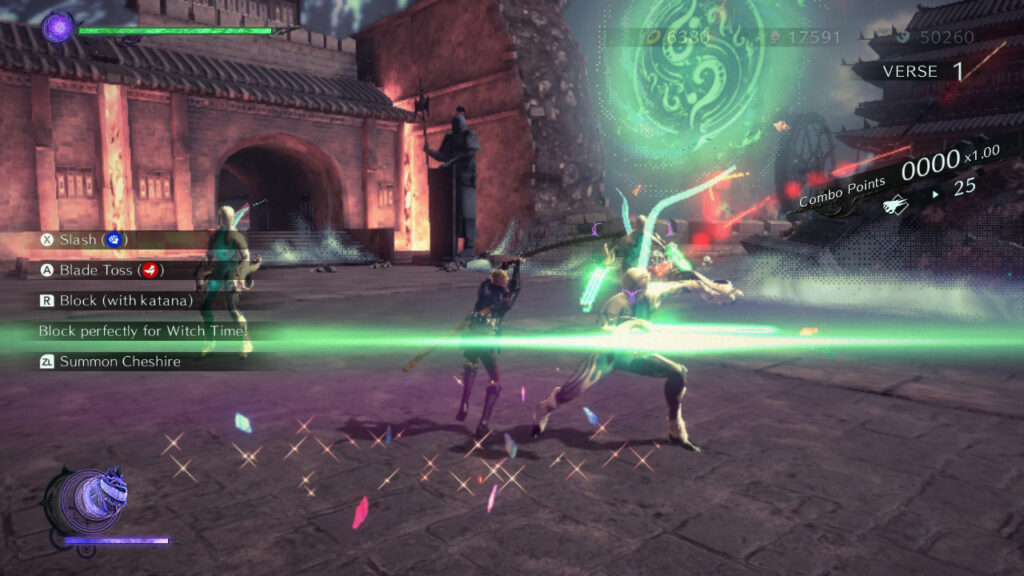
Finally, a few side chapters let you play as Jeanne. These eschew the ordinary gameplay entirely in favor of sidescrolling stealth action. How you feel about these will largely depend on how much you enjoy sidescrolling stealth action games. I dreaded Jeanne’s chapters, but they’re ultimately a minor part of the game.
The main chapters feel longer than ever, especially since Bayonetta 3 drops the boss-only chapters found in the previous games to incorporate boss fights into regular chapters instead. However, the game might be a little too eager to have huge setpieces and giant monster battles. While nice for a change of pace, they occur often enough that I started to feel like they were taking me away from the gameplay I came for.
But of all the things that might give the game an un-Bayonetta flavor, massive setpieces are hardly a major offender–they have their place in the series, after all. No, it’s the story that feels out-of-place here. At times, it feels like Bayonetta 3 is trying to distance itself from its own history in favor of introducing all-new lore. Angels are relegated to optional battles while the game introduces concepts with major implications but barely explains them, leaving the player to read through the additional details in the archives in an attempt to piece together an answer. Bayonetta plots have always been complicated, but never in a way where it felt like they were shoehorning in new ideas without fleshing them out. My most frequent reaction to Bayonetta 3 plot revelations was a confused, “Huh?” This bafflement continued up through the game’s ending, which started off on a strong note but shifted into a series of unearned payoffs with a distinctly somber tone.
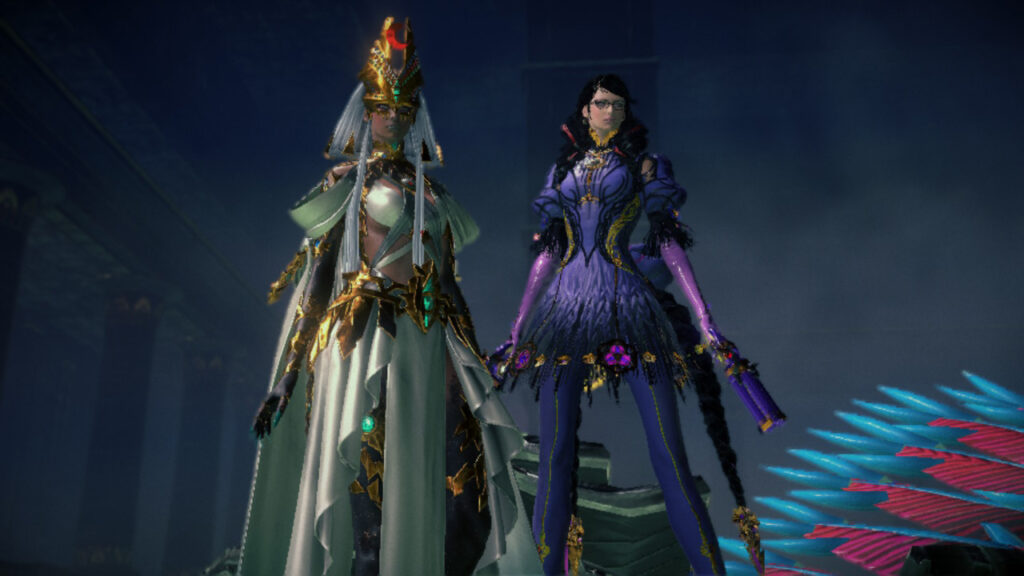
Even outside of the ending, there is a significant tonal difference here compared to the previous games. Bayonetta 3 is a wonderful action game, but at times it didn’t feel like I was playing Bayonetta. The series’ iconic risque, irreverent attitude is toned down. The sexualization that was so pervasive in the previous games is still present, but muted, despite the game having a new option to censor it. Even some of Bayonetta’s dialogue feels off, like it’s trying to mimic her attitude without quite achieving it. The entire game feels strangely subdued despite the high-scale action. By the time I finished, I was convinced this was an intentional story-based decision due to (spoilers) this not being the same Bayonetta we played as in the previous games. Yet even if there’s a reason for it, just like how Viola’s chapters have a markedly different tone, that doesn’t change the fact that it makes the game feel different. The ending leaves open the possibility of a sequel, and a secret chapter teases a potential spin-off or DLC, but everything leaves me wondering if the theoretical Bayonetta 4 will feel like Bayonetta at all or like something entirely new.
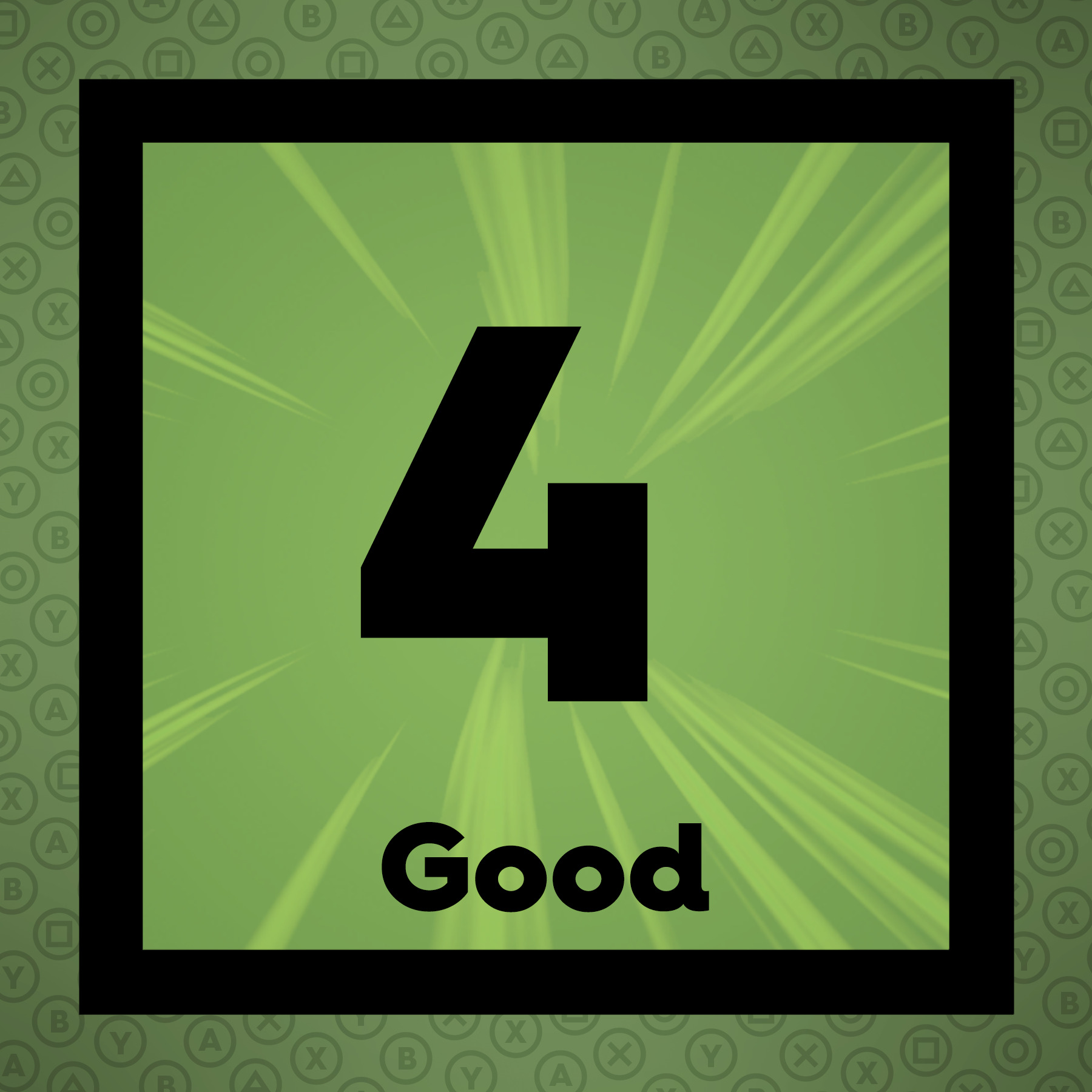 The Final Word
The Final Word
Bayonetta 3 is a strange mix of some of the series’ best moments together with some of its worst. At its high points, Bayonetta 3 easily stands with or even surpasses its predecessors, but its glory is marred by questionable decisions and missed opportunities. How much importance you place on the story will likely determine how you feel about this entry. If the story is an afterthought for you, you’ll enjoy the high-quality combat and intense action, but if the story matters, prepare yourself for tonal differences and storytelling that raises more questions than answers.
-MonsterVine Rating: 4 out of 5 – Good


